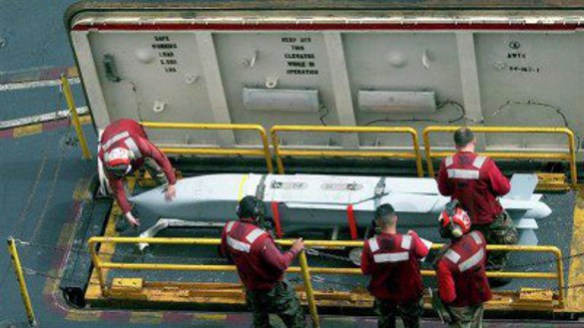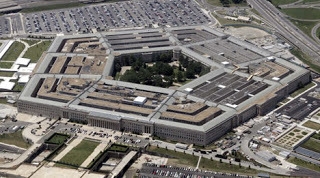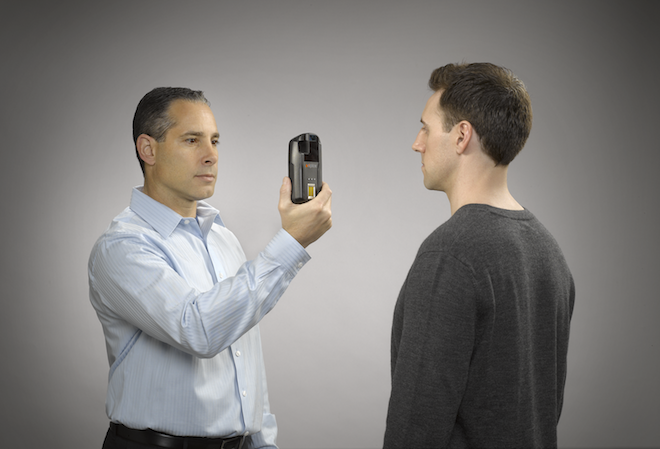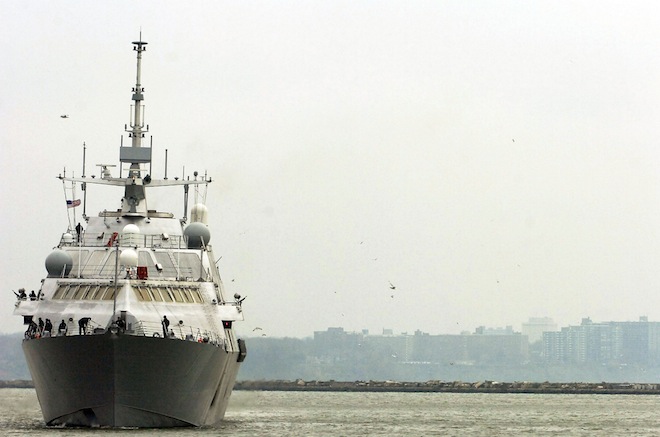]
WASHINGTON: The Obama administration is finalising a rule book for target killings but these restrictions will not apply to Pakistan where the CIA will be free to direct drone strikes in Fata.
The classified manual, called a counter-terrorism “playbook”, sets out stringent rules for targeted killings and details the process of adding names to the so-called “kill list”.
But it “leaves open a major exemption for the CIA’s campaign of drone strikes in Pakistan”, The Washington Post reported on Sunday.
The CIA would have this freedom for “less than two years but more than one” because its drone strategy had been very effective in weakening pro-Taliban militants, the Post reported.
The CIA is expected to give the US ambassador to Pakistan advance notice on strikes. But in practice, the agency exercises near complete control over the names on its target list and decisions on strikes.
But once the CIA achieved its targets in Fata, the rule book would also be applied to Pakistan, the Post reported.
The document will be submitted to President Barack Obama within weeks for final approval once some minor issues are resolved.
The rule book marks the culmination of a year-long effort by the administration to codify its counter-terrorism policies and create a guide for lethal operations through President Obama’s second term.
The Post noted that the ‘institutionalisation’ of such a practice “would have seemed anathema to many before the Sept. 11, 2001, terrorist attacks.”
The book covers the process for adding names to the kill list, legal principles for targeting US citizens and the sequence of approvals required when the CIA or US military conduct drone strikes outside war zones.
The Post reported that disagreements among the State Department, the CIA and the Pentagon on the criteria for lethal strikes nearly derailed the new strategy late last year.
“Granting the CIA a temporary exemption for its Pakistan operations was described as a compromise that allowed officials to move forward with other parts of the playbook,” the Post noted.
The decision to allow the CIA strikes to continue was driven by concern that the window for weakening Al Qaeda and the Taliban in Pakistan was beginning to close, as the US prepares to withdraw its troops from Afghanistan.
President Obama’s national security team agreed to the CIA compromise in late December during a meeting of top national security officials that was led by White House counter-terrorism adviser John Brennan, who has since been nominated to serve
as CIA director.
“Critics see the manual as a symbol of the extent to which the targeted killing programme has become institutionalised, part of
an apparatus being assembled by the Obama administration to sustain a seemingly permanent war,” the Post noted.
Hina Shamsi, director of the American Civil Liberty Union’s national security project, told the Post that the ‘playbook’ was “a step in exactly the wrong direction, a further bureaucratisation of the CIA’s paramilitary killing programme.”
Some administration officials have also voiced concern about the duration of the drone campaign, which has spread from Pakistan to Yemen and Somalia where it involves both CIA and military strikes.
In a recent speech before he stepped down as Pentagon general counsel, Jeh Johnson warned that “we must not accept the current conflict … and all that it entails, as the ‘new normal.”



 The Pentagon to most people is simply the headquarters of the United States Department of Defense. This megalithic structure and its 5,100,00 feet of reinforced concrete, with 17 miles of hallway corridors remains as one of the worlds largest office building on the planet. However, there are some facts the public are completely unaware of about the Pentagon.
The Pentagon to most people is simply the headquarters of the United States Department of Defense. This megalithic structure and its 5,100,00 feet of reinforced concrete, with 17 miles of hallway corridors remains as one of the worlds largest office building on the planet. However, there are some facts the public are completely unaware of about the Pentagon. 

